A Vital Habitat for Wildlife
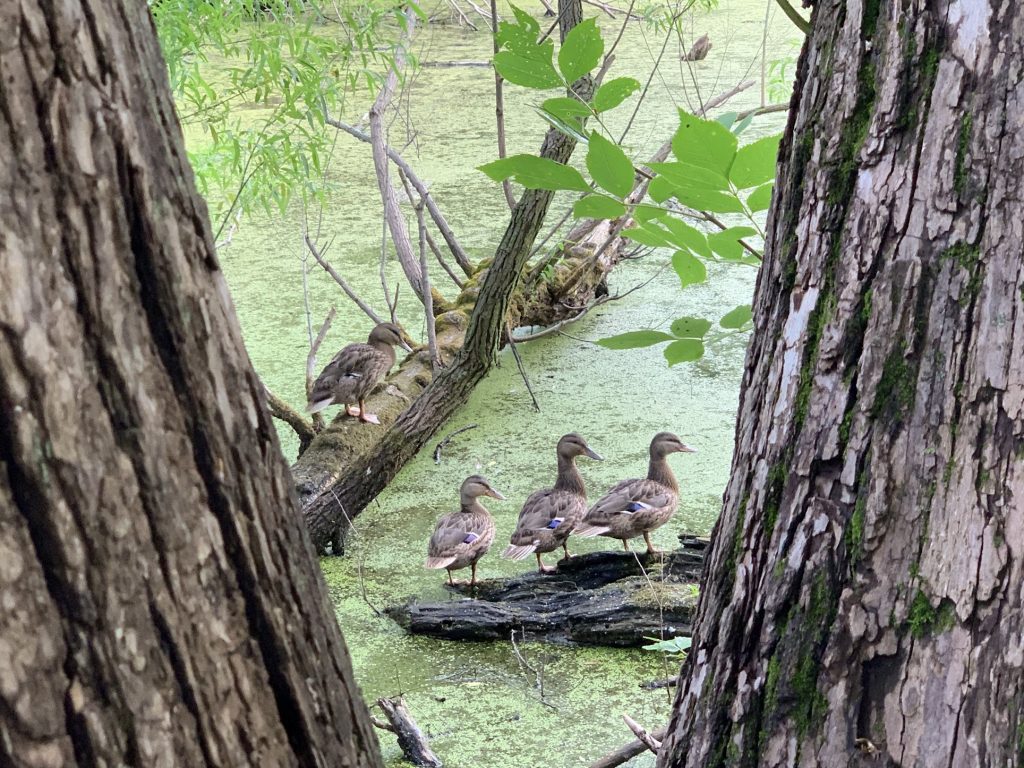
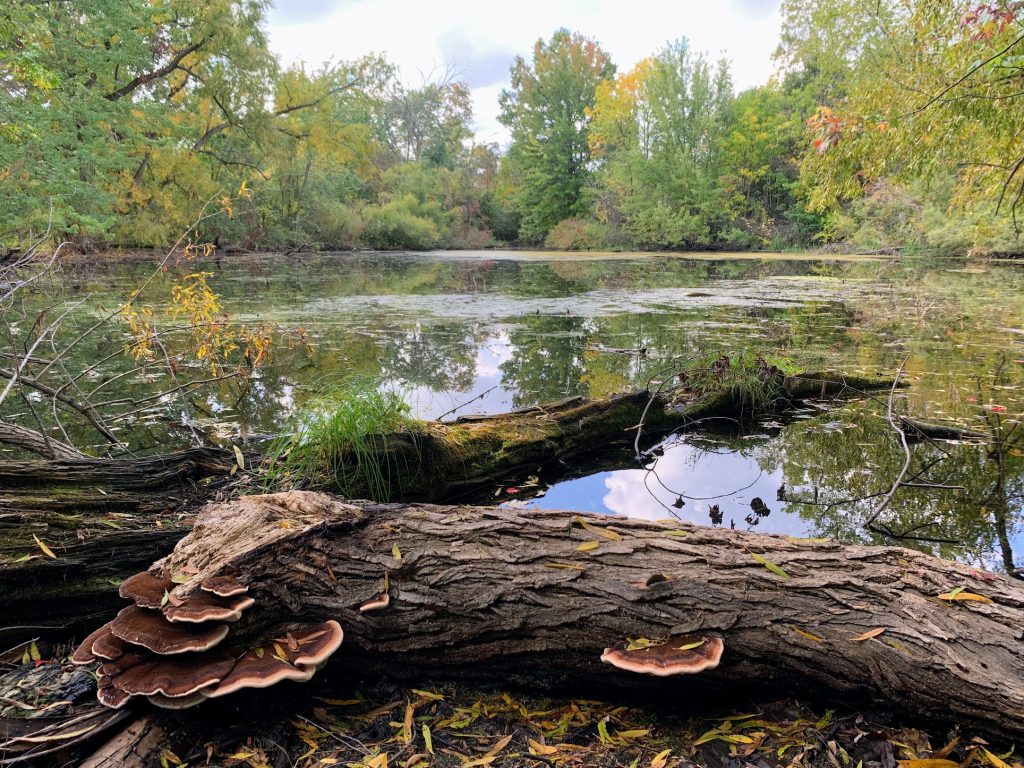
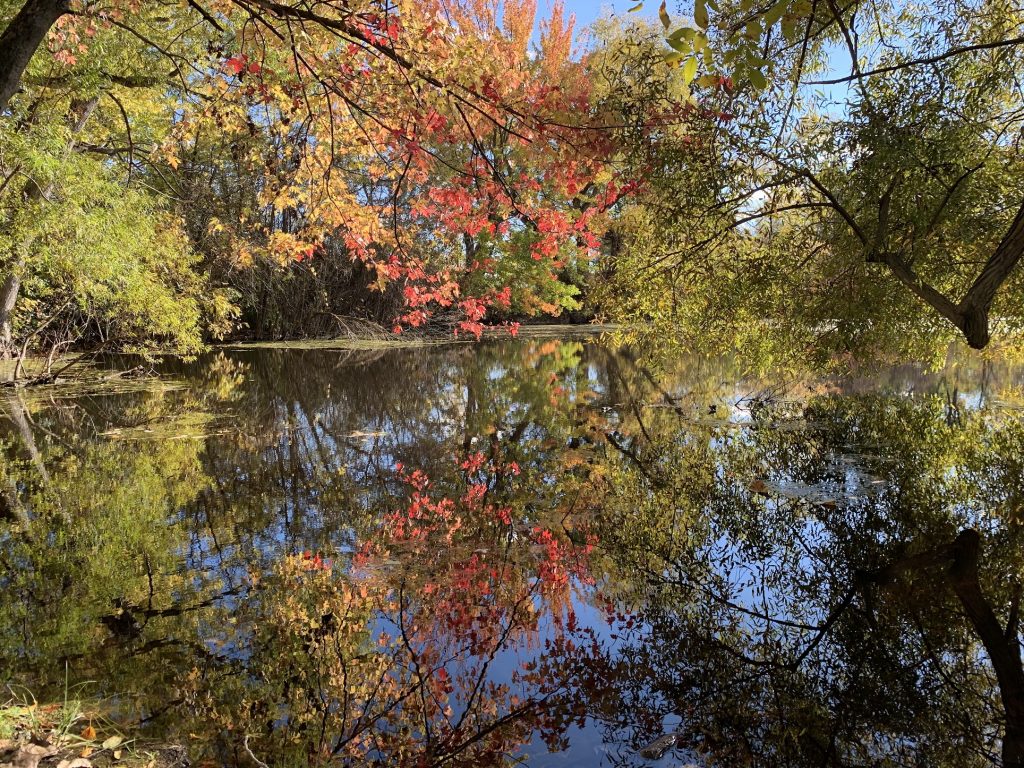
Greenview Pond, along with its surrounding wetland and adjacent meadow, provides a critical refuge for wildlife. It offers water, shelter, and forage for a wide range of species throughout the year. Thickets around the pond support nesting birds in spring, while the open water and wetland vegetation are home to frogs and waterfowl. The area has also been recognized as an important stopover for migratory birds.



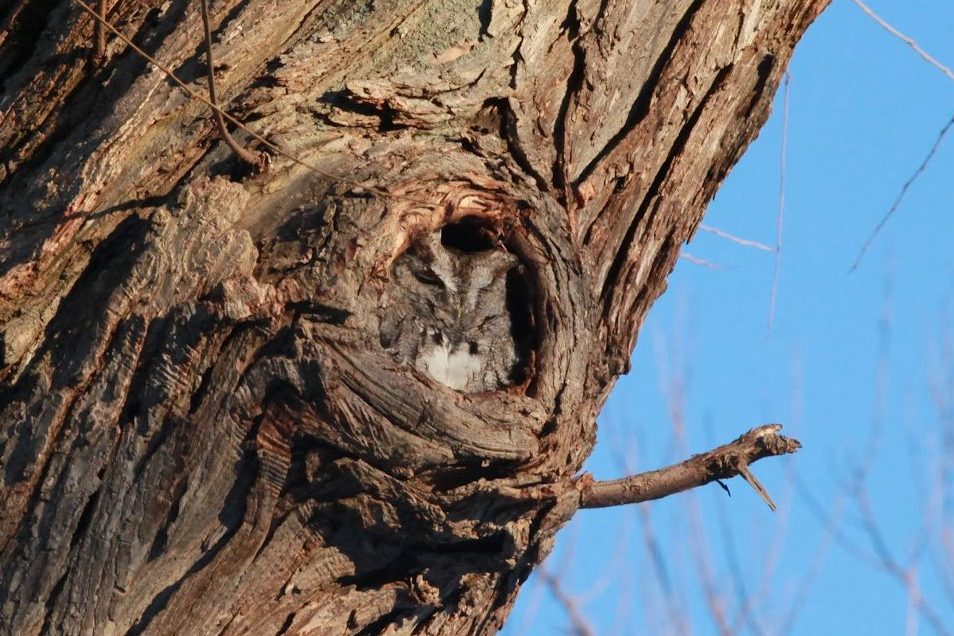
A Herpetological Field Assessment conducted by local herpetologist David Mifsud identified a variety of amphibians and reptiles expected to use the site, including Eastern Gray Treefrogs, Cope’s Gray Treefrogs, Green Frogs, Bullfrogs, Eastern American Toads, and Eastern Garter Snakes. The site also has the potential to support Eastern Tiger Salamanders, Eastern Newts, Northern Spring Peepers, and Chorus Frogs.
A few years ago, Friends of Greenview organized an initiative to establish Northern Leopard Frogs under the guidance of the herpetologist. The work involved establishing suitable meadow habitat by clearing woody invasive species and planting native grasses and sedges.
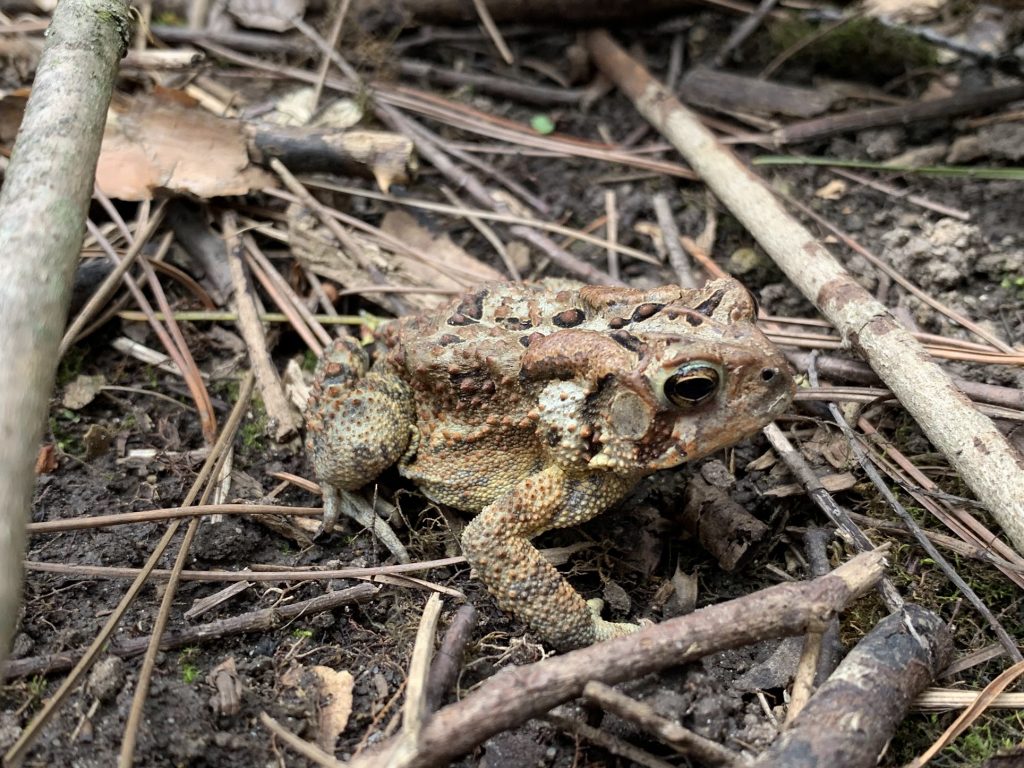
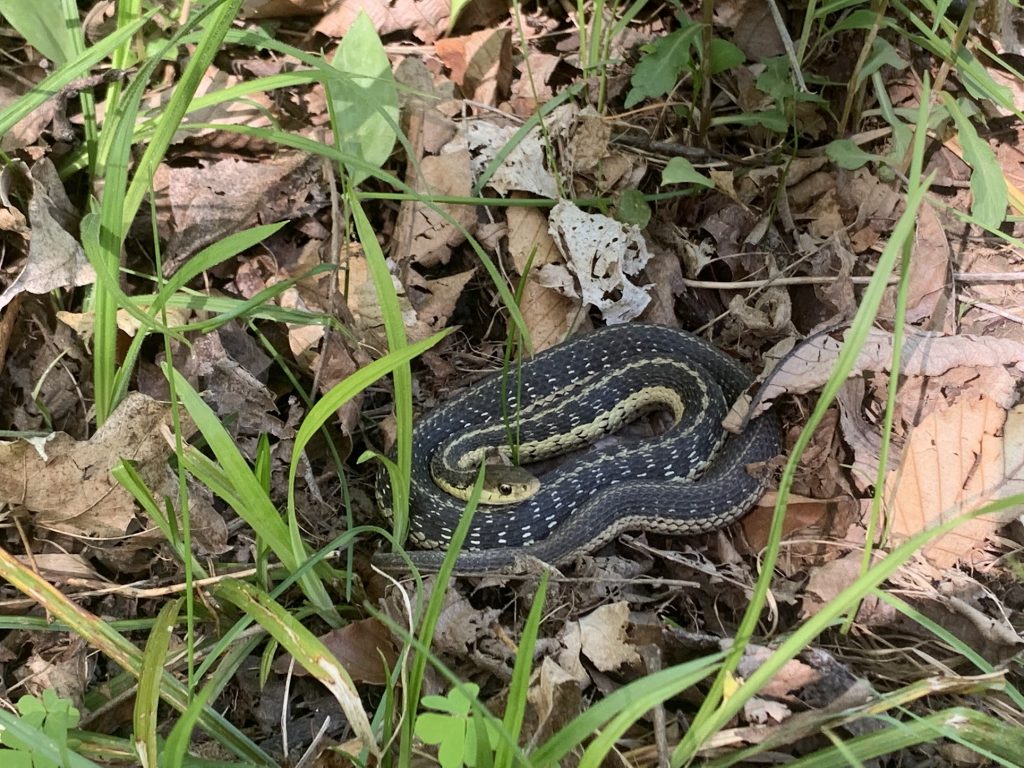


The wetland offers excellent habitat for frogs and toads. The sunny, shallow wetland areas provide ideal conditions for spring breeding. The nearby wet meadow serve as a valuable source of insects and shelter for adults and juveniles. In winter, frogs benefit from the deep pond, where they can burrow into the mud to survive freezing temperatures.
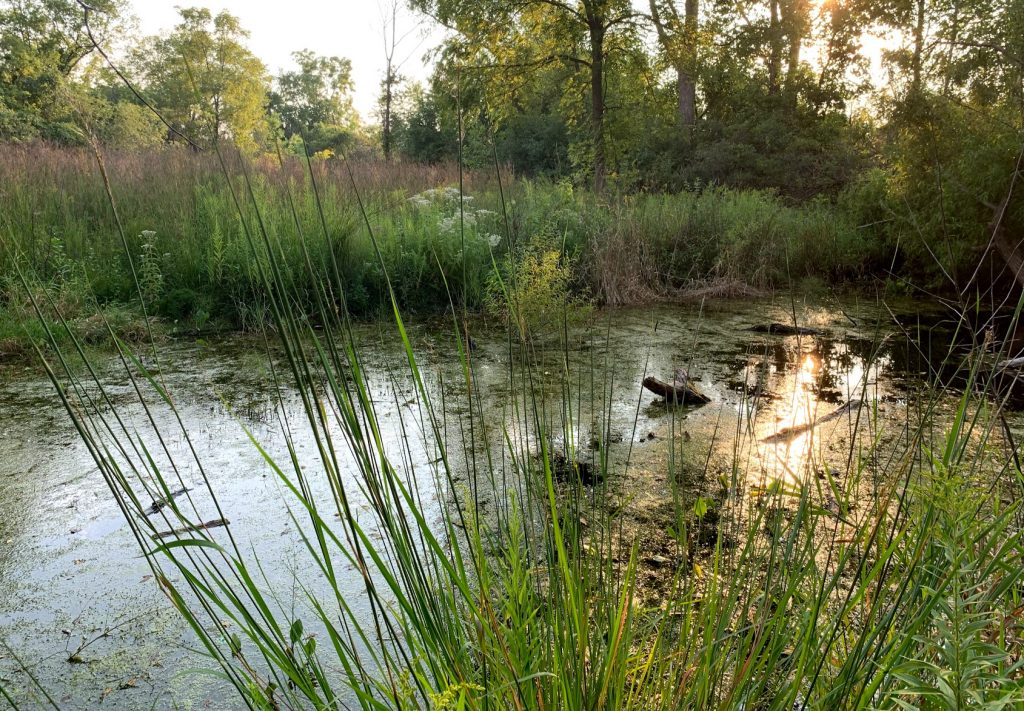
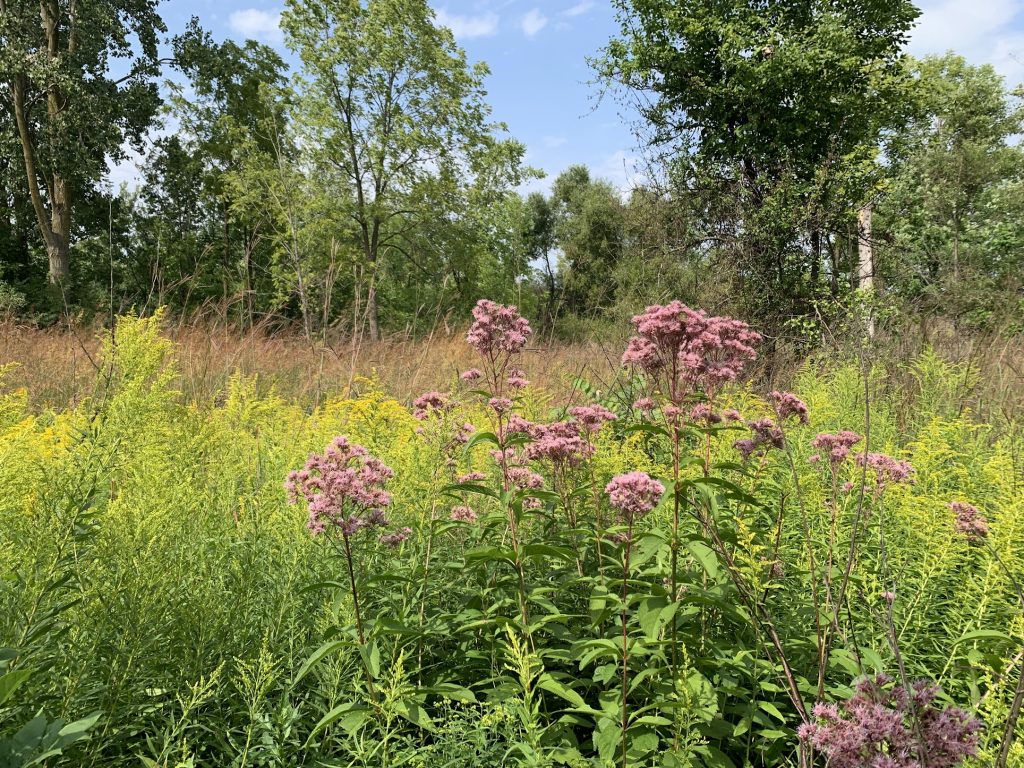

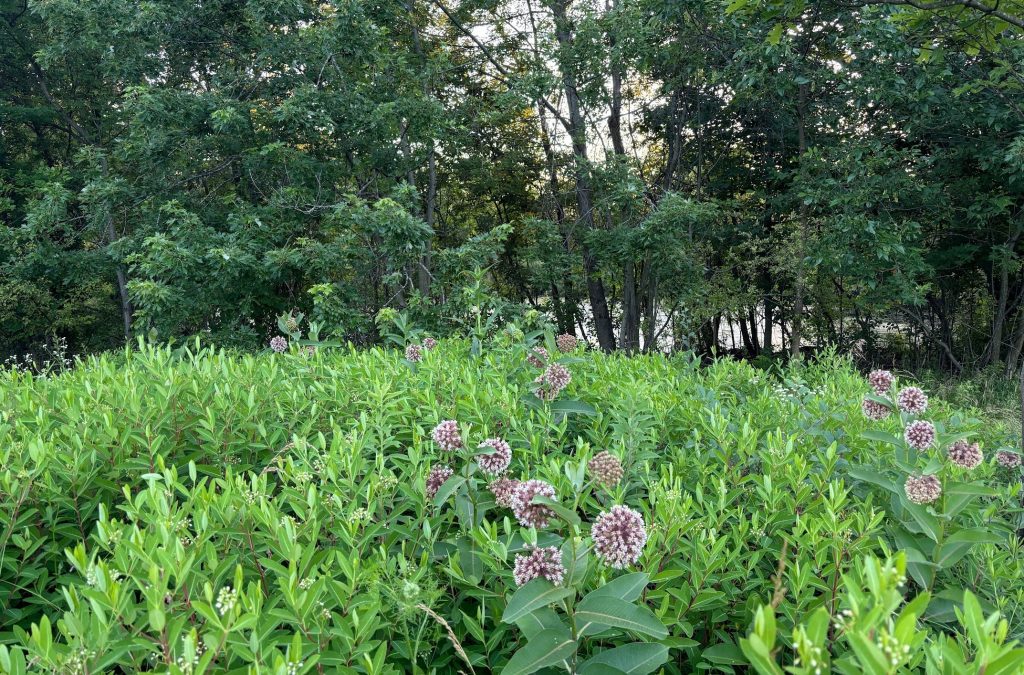
Friends of Greenview Stewardship
Habitat Restoration
The Greenview pond and wetland site has undergone a significant transformation. Once part of a farm and later a golf course, the wetland became heavily degraded over time. Invasive buckthorn took hold, choking out native vegetation and reducing the site’s habitat value for wildlife. Through sustained community effort, the Greenview wetland continues to recover as a natural refuge in the city.


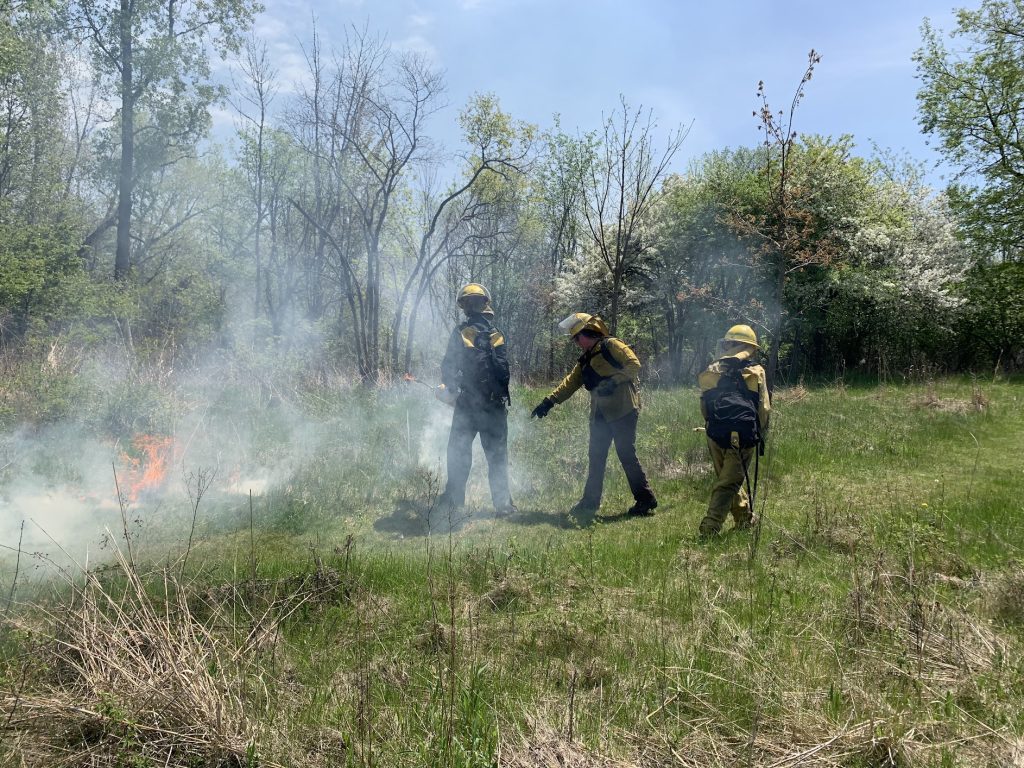
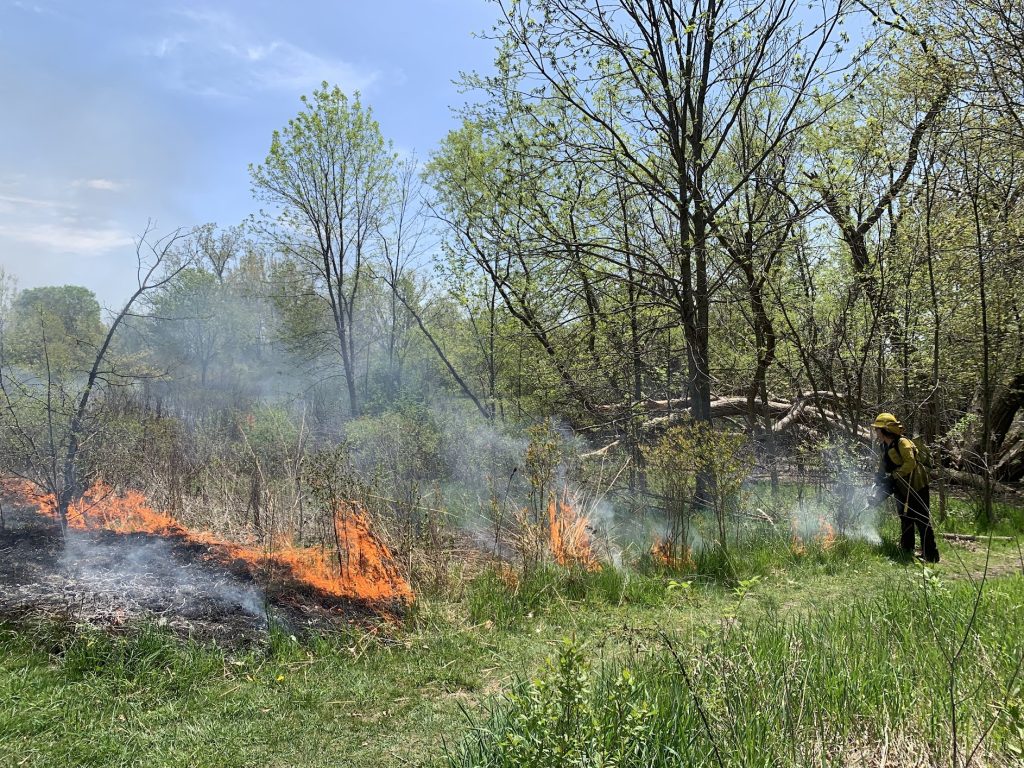


For more than 25 years, Friends of Greenview has been actively working to restore and improve the health of the wetland. This effort has been made possible through grants and generous donations, which have funded initiatives such as the steady removal of invasive buckthorn and the use of prescribed burns to control invasives and rejuvenate native plant communities.
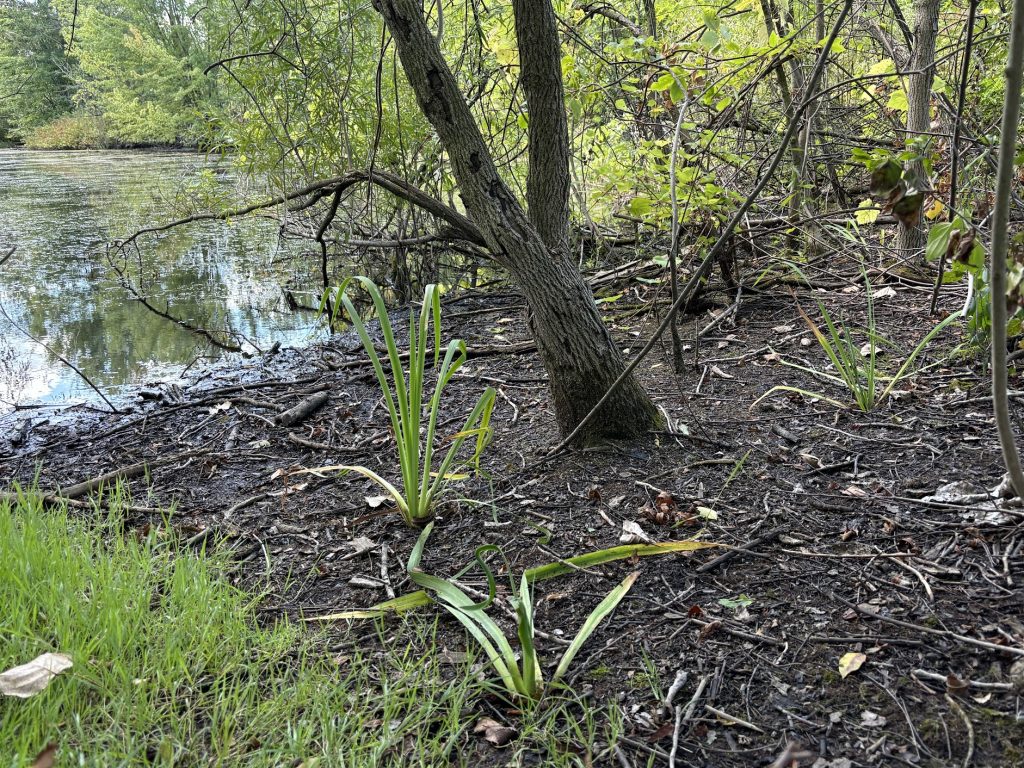
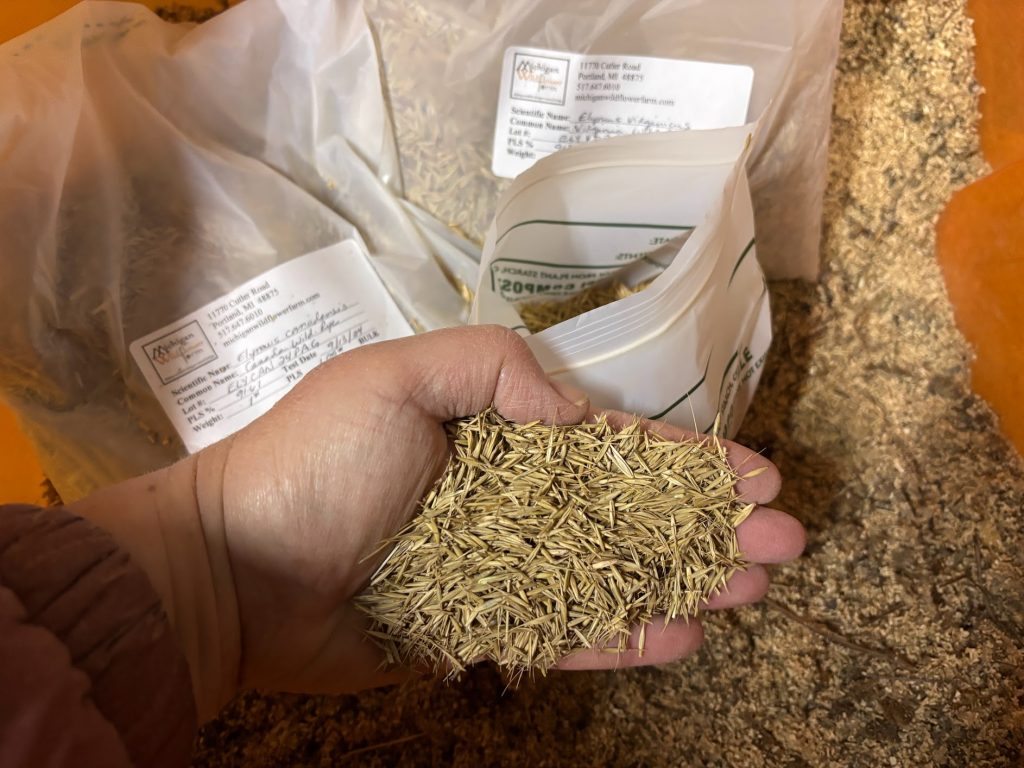
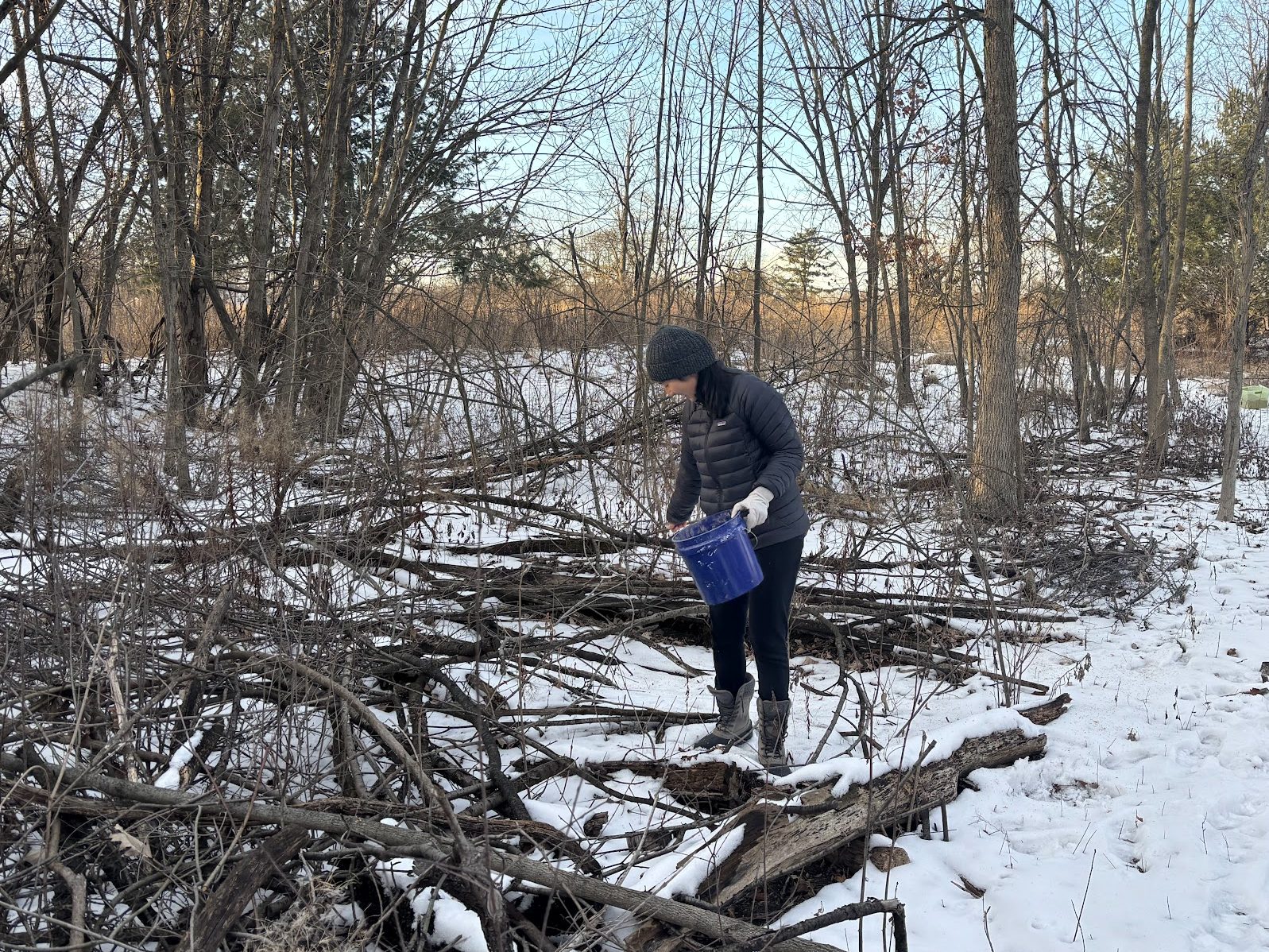

Restoration efforts also focus on reintroducing native plants through planting and seeding to support a broader range of wildlife. This includes planting fruit-bearing shrubs and a variety of wetland species such as marsh marigold, blue flag iris, pussy willow, buttonbush, river birch, and spicebush.
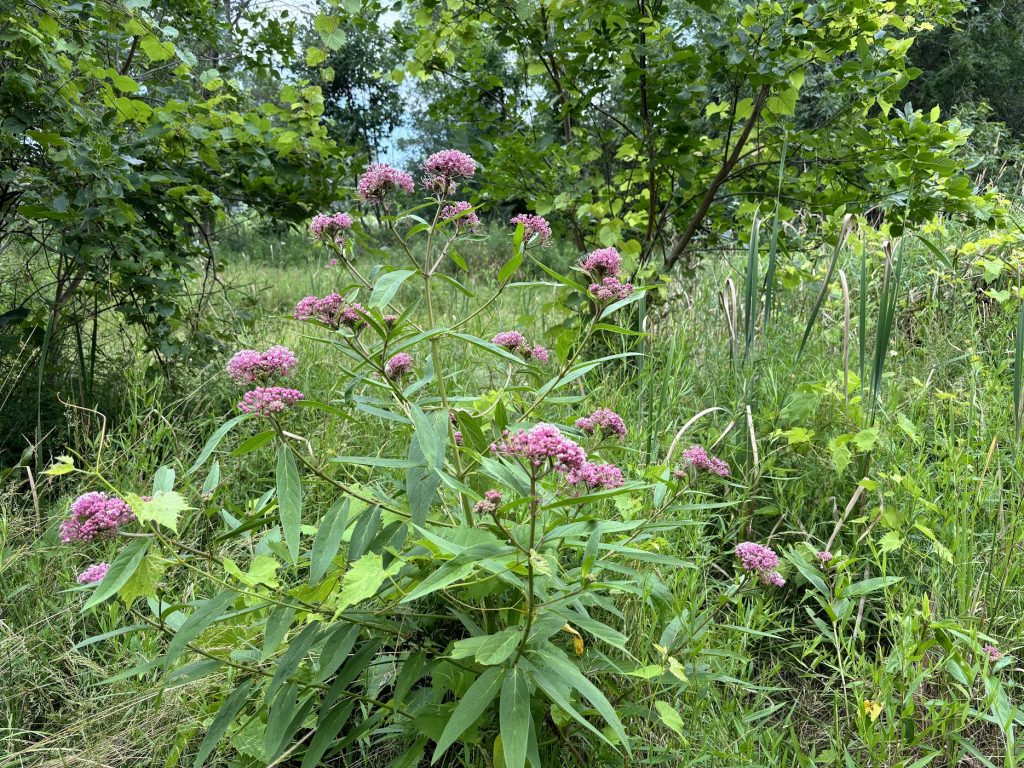

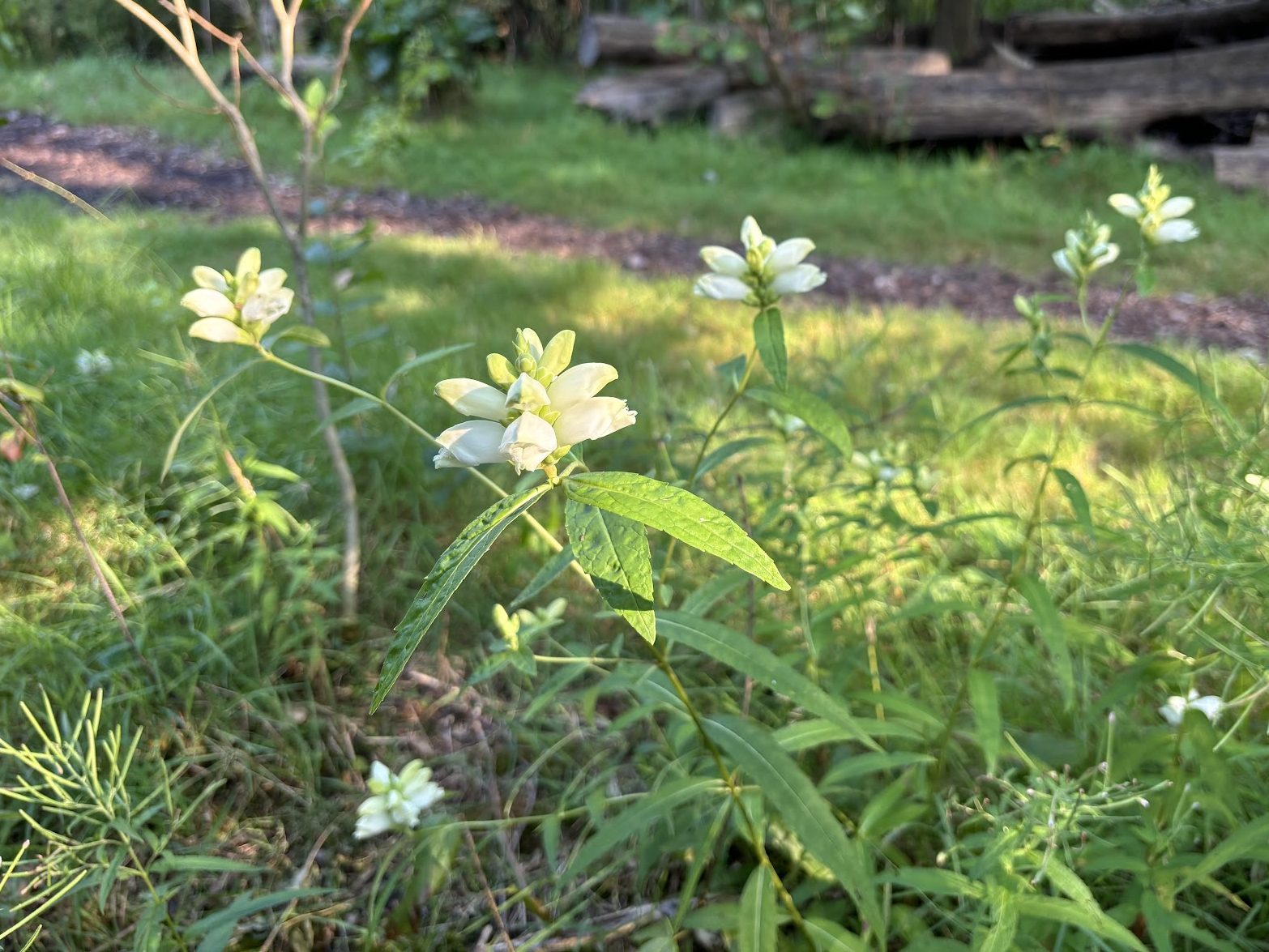
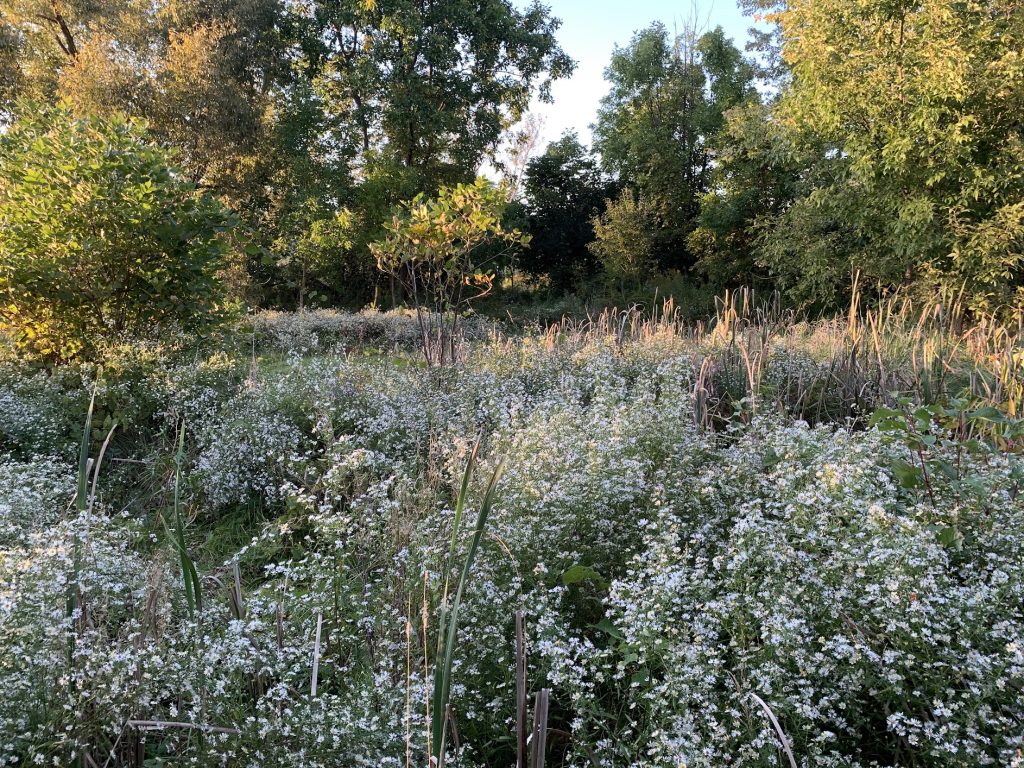
Friends of Greenview maintains and improves public access to the pond and wetland, caring for trails that allow visitors to explore the area. Trail maintenance and the remediation of wet areas along the paths are carried out by volunteers during workdays and other special community projects.
Community Work Days
Community workdays bring neighbors together to remove buckthorn debris, spread wood chips, and improve drainage near the paths to make the trails more accessible and enjoyable.
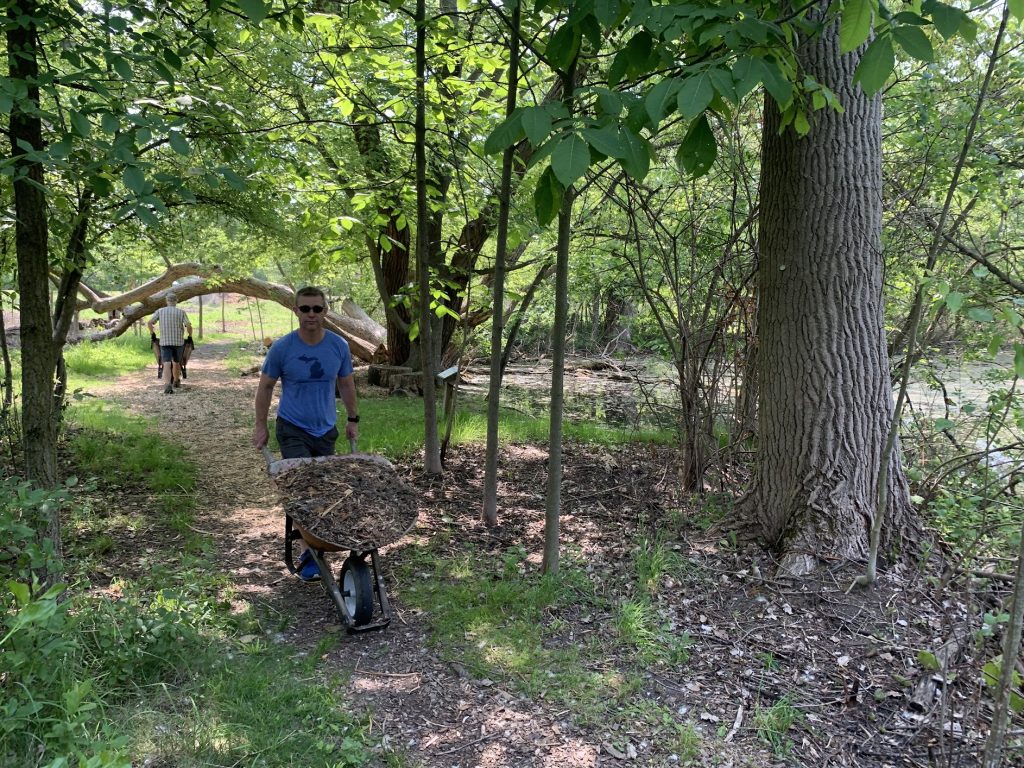
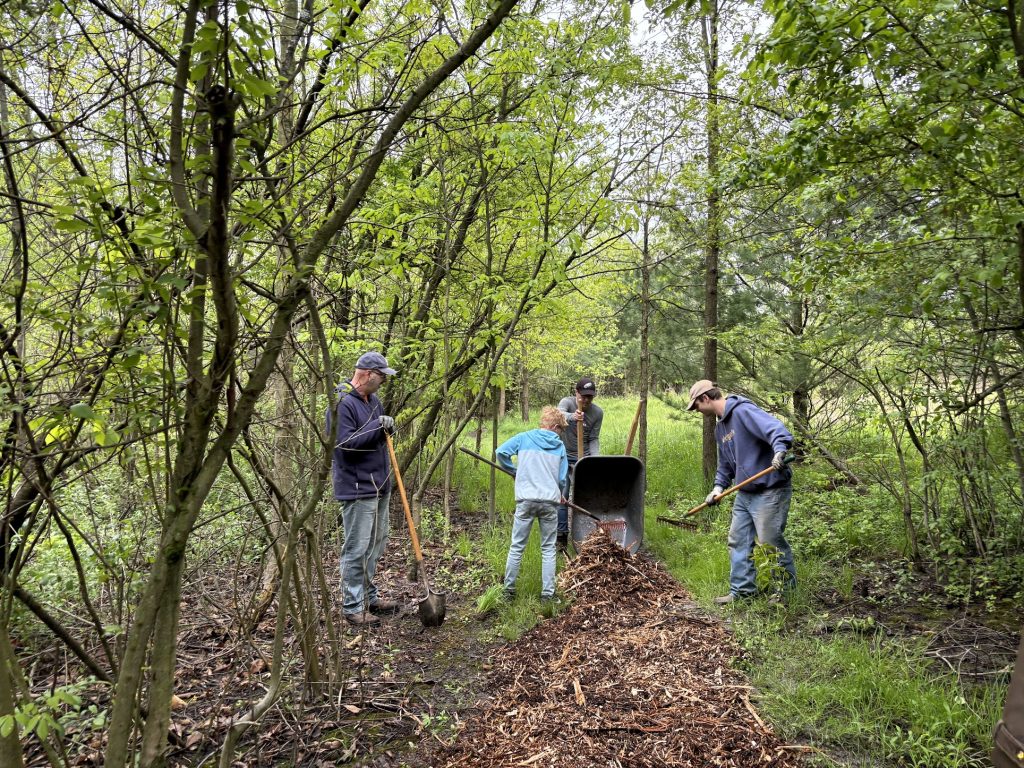
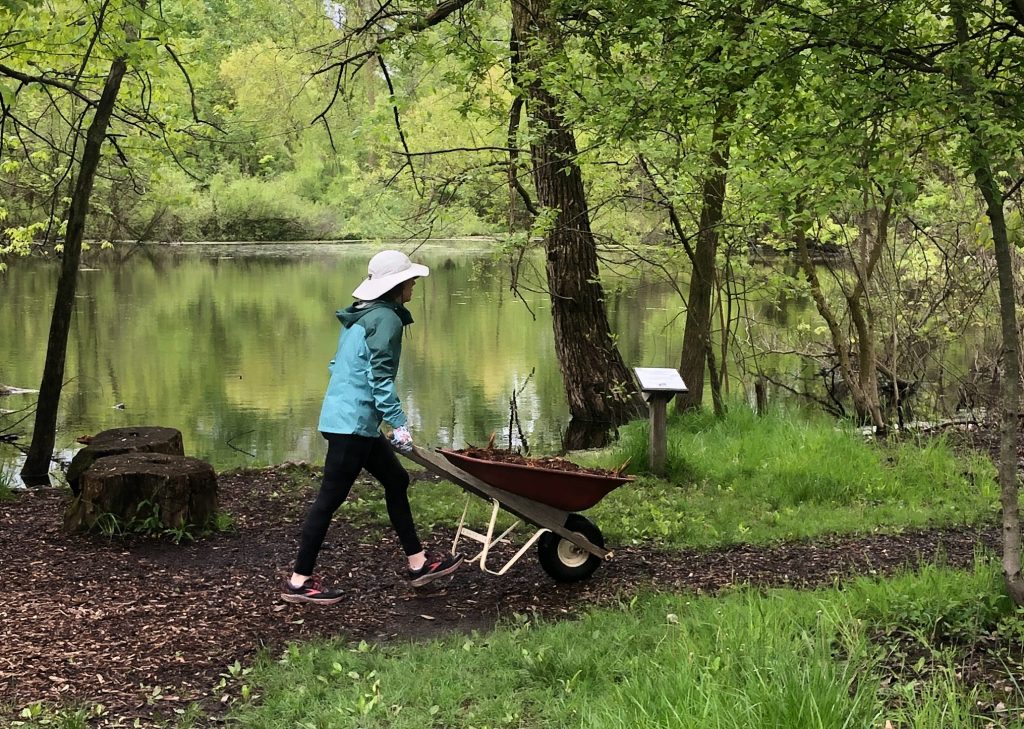

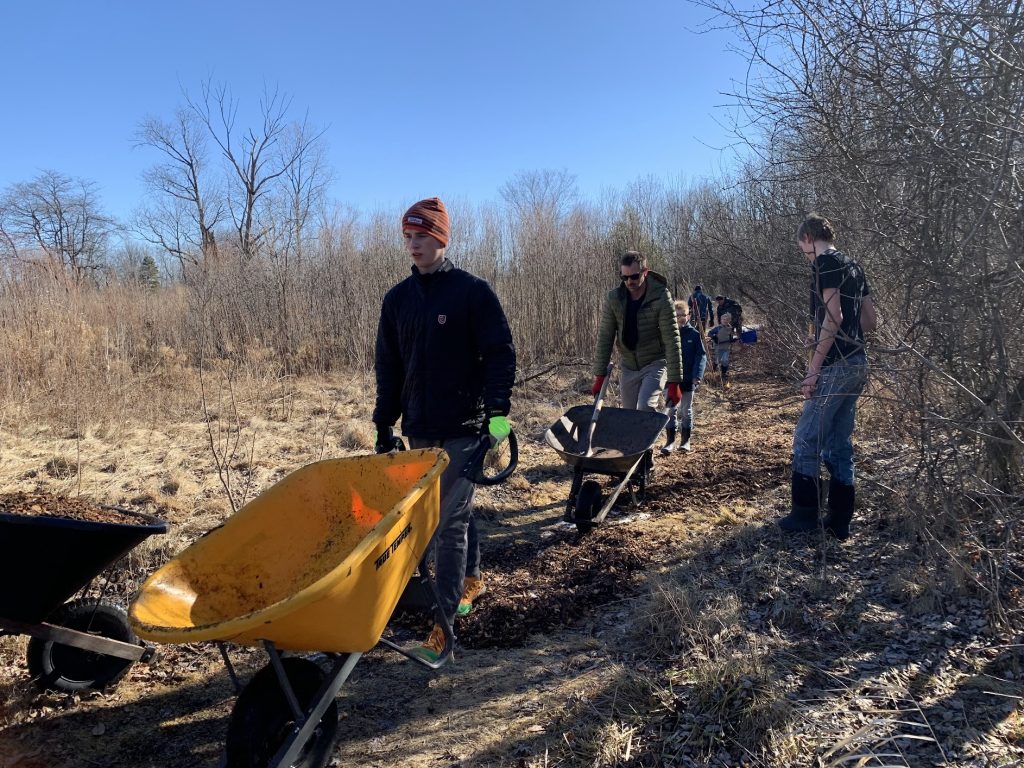
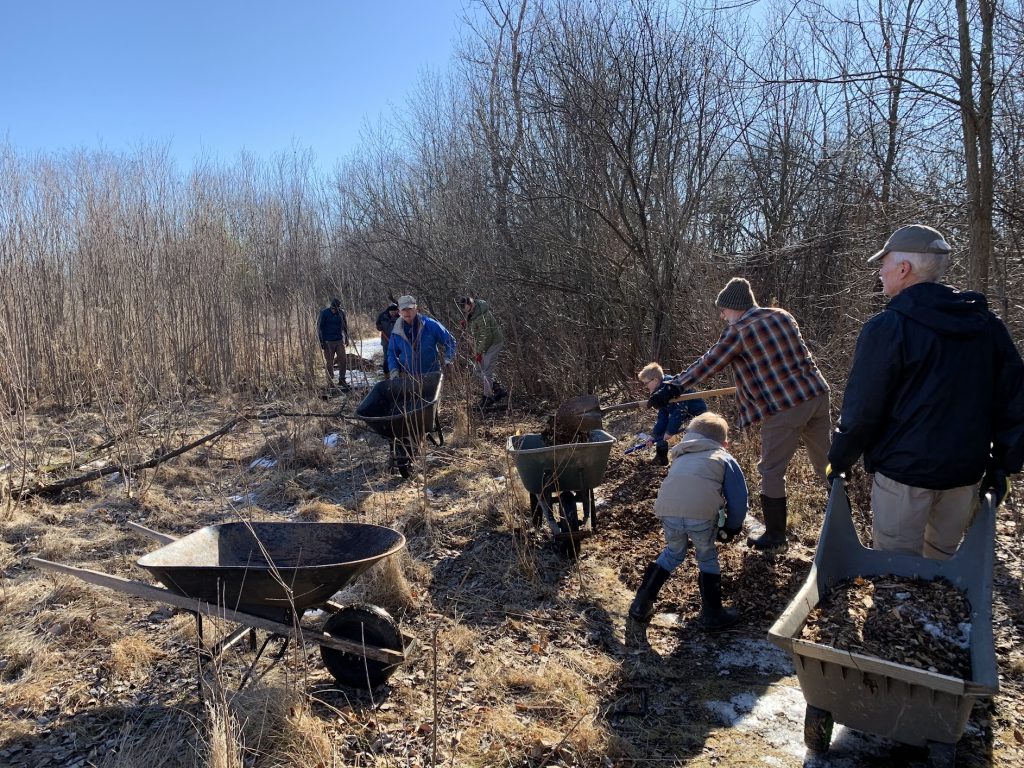
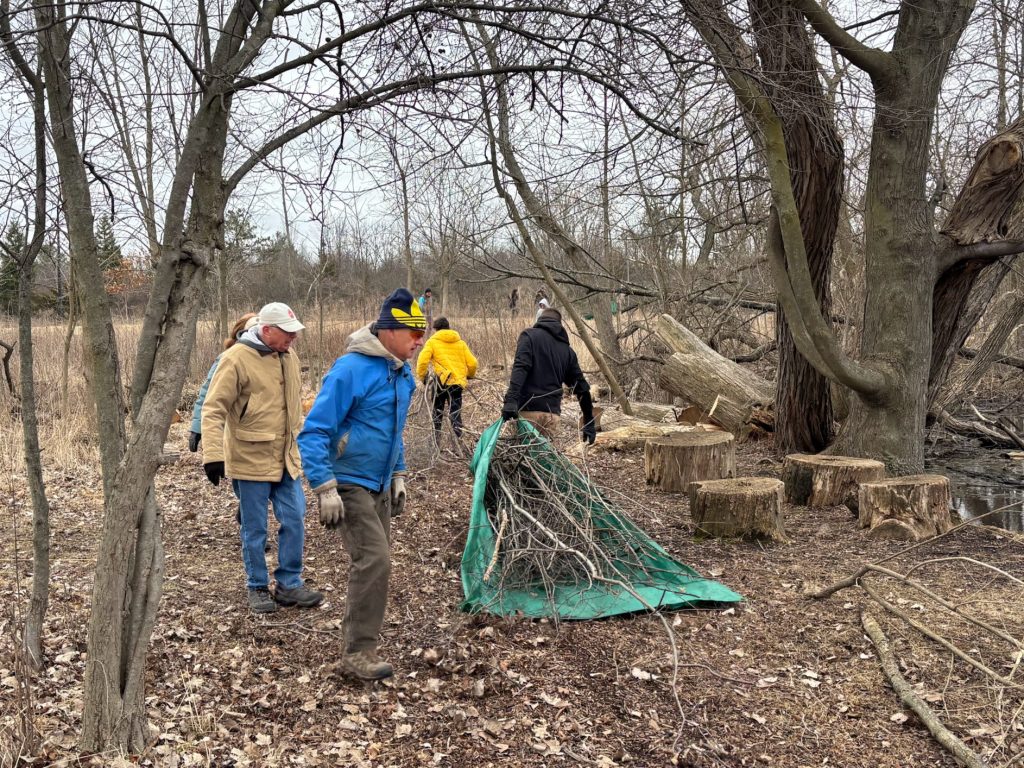
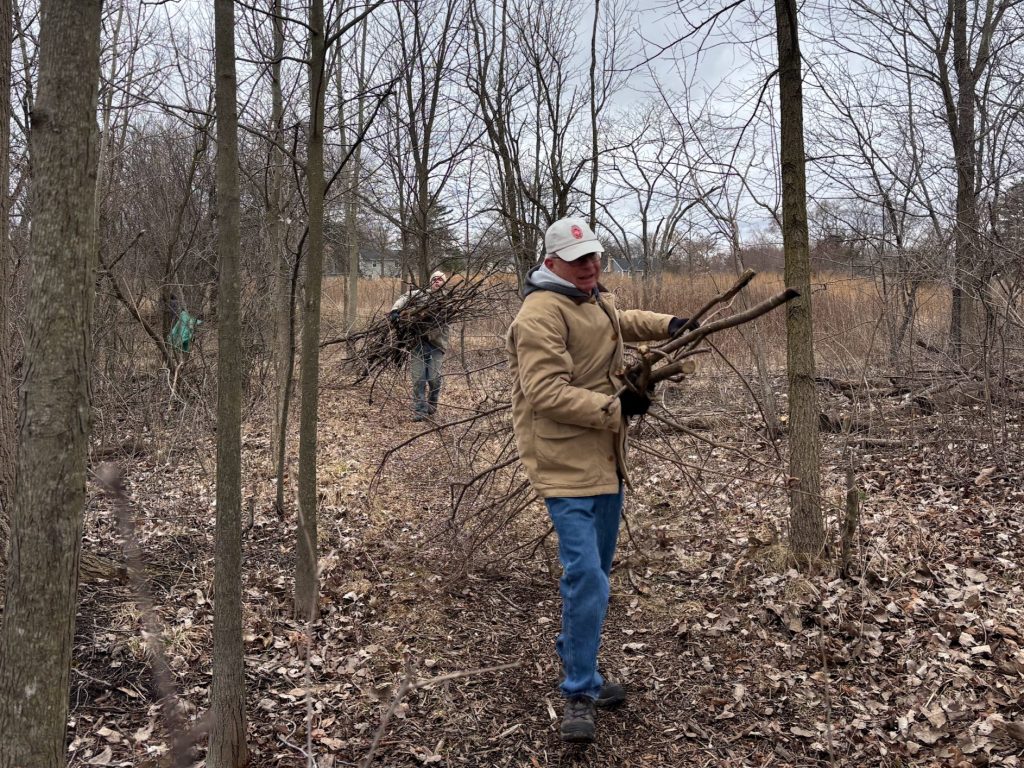
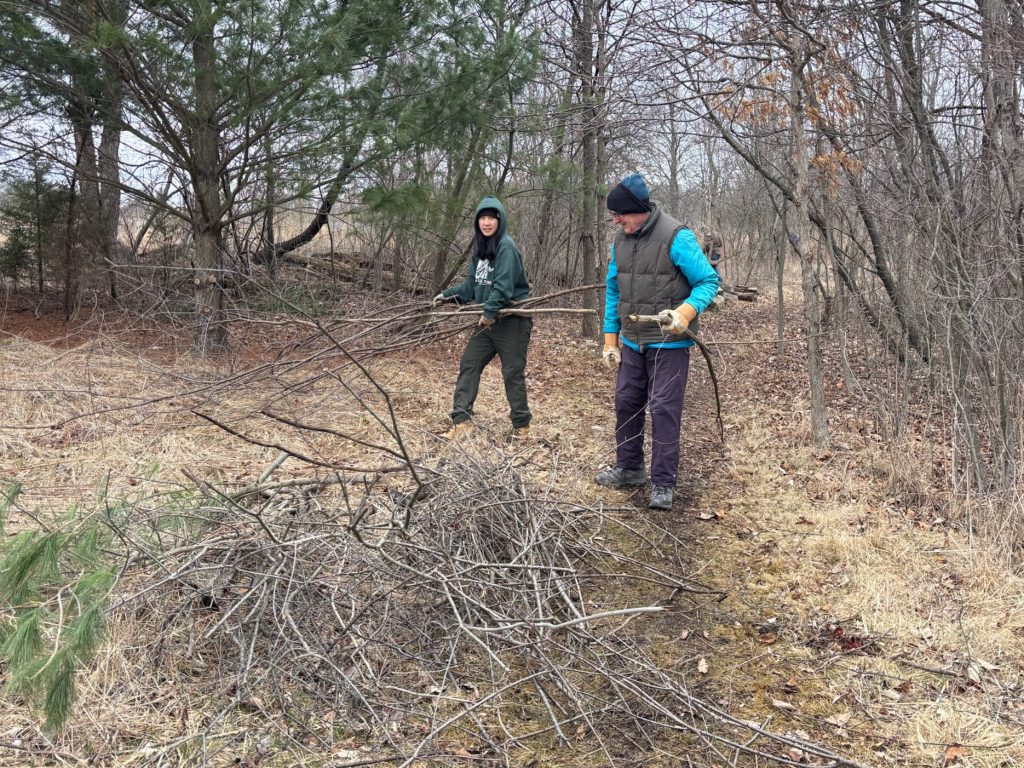
Special Projects
Two projects led by Huron Trails District Scout Troops have improved trail conditions in the wetland area by enhancing drainage near the trails and constructing new bridges.
The first project was on the trails south of the pond. Scouts removed old and damaged bridges, rebuilt culverts, and installed two new bridges they designed and constructed offsite. They also spread woodchips on the paths near the new construction.
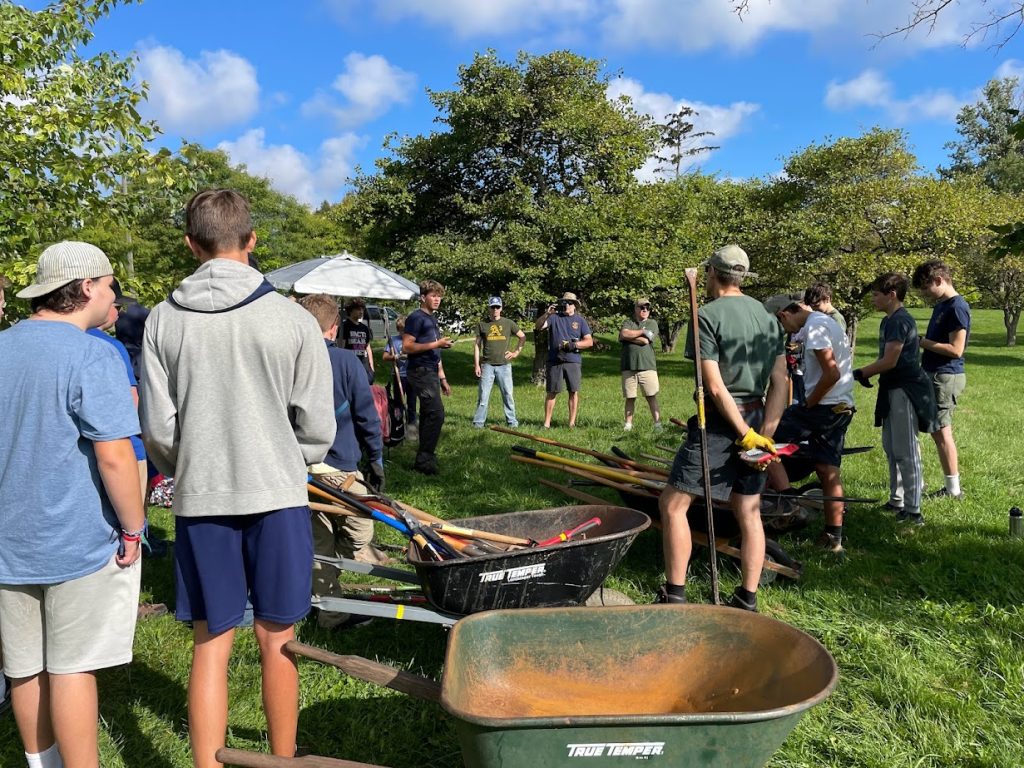
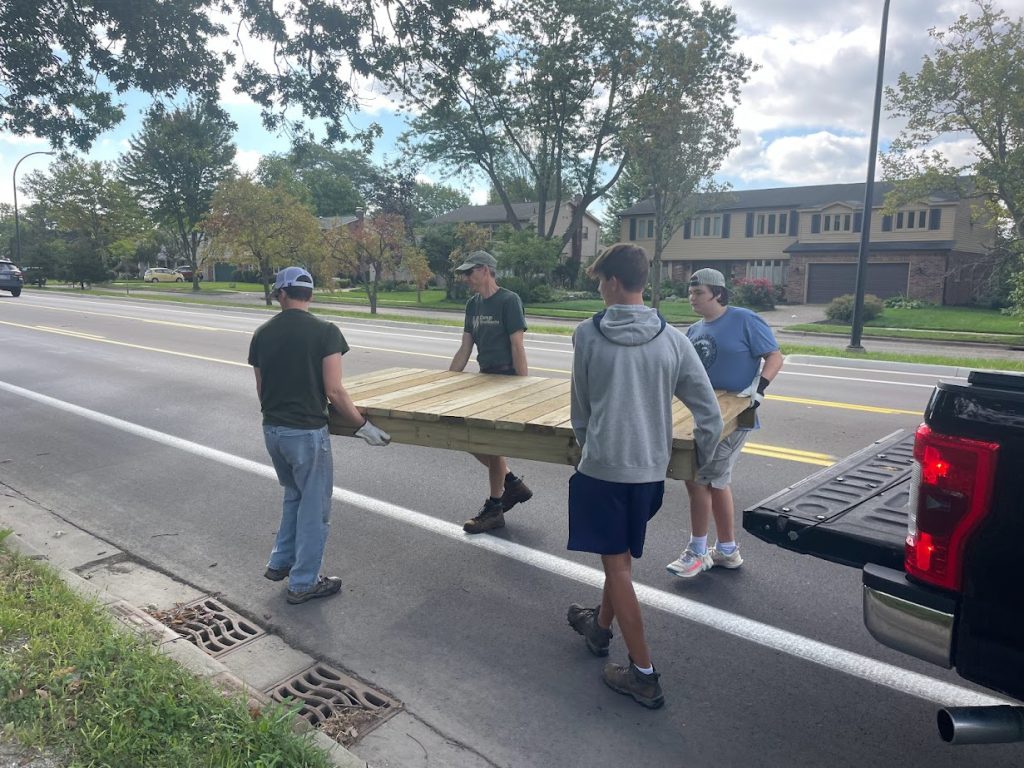
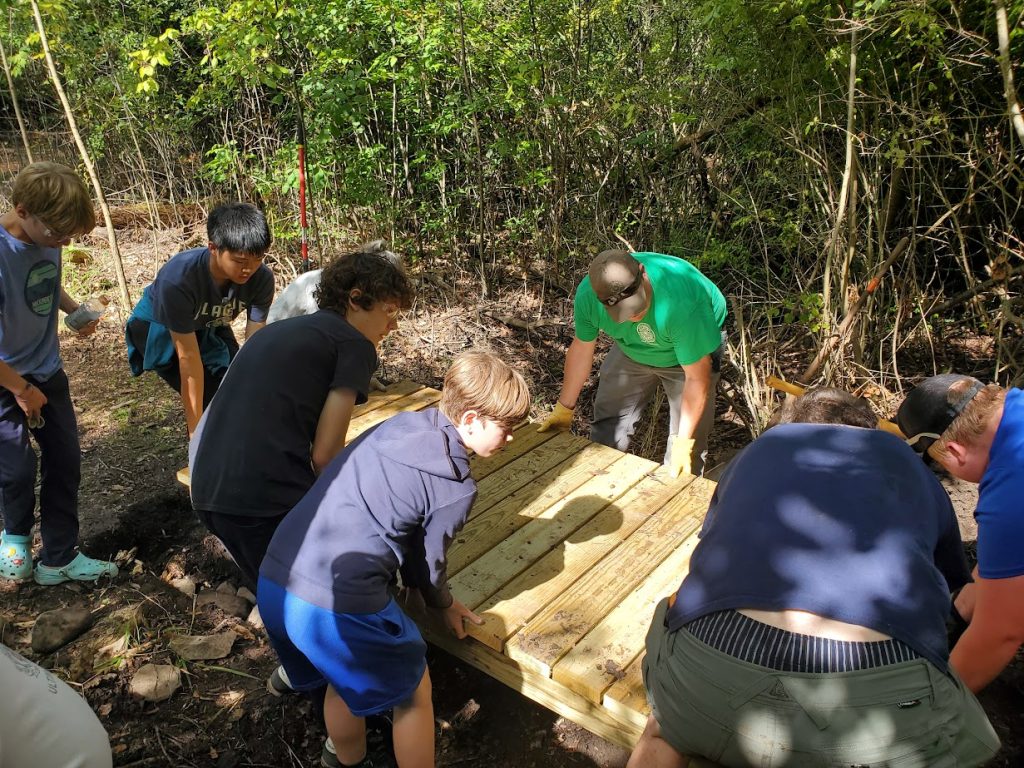
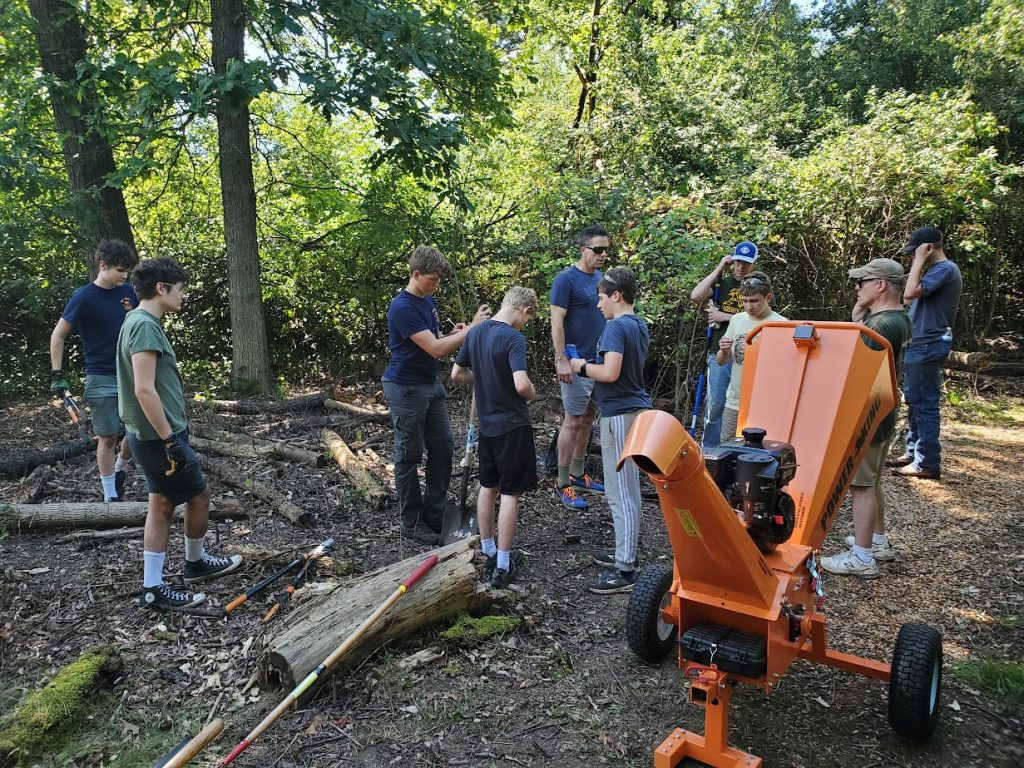
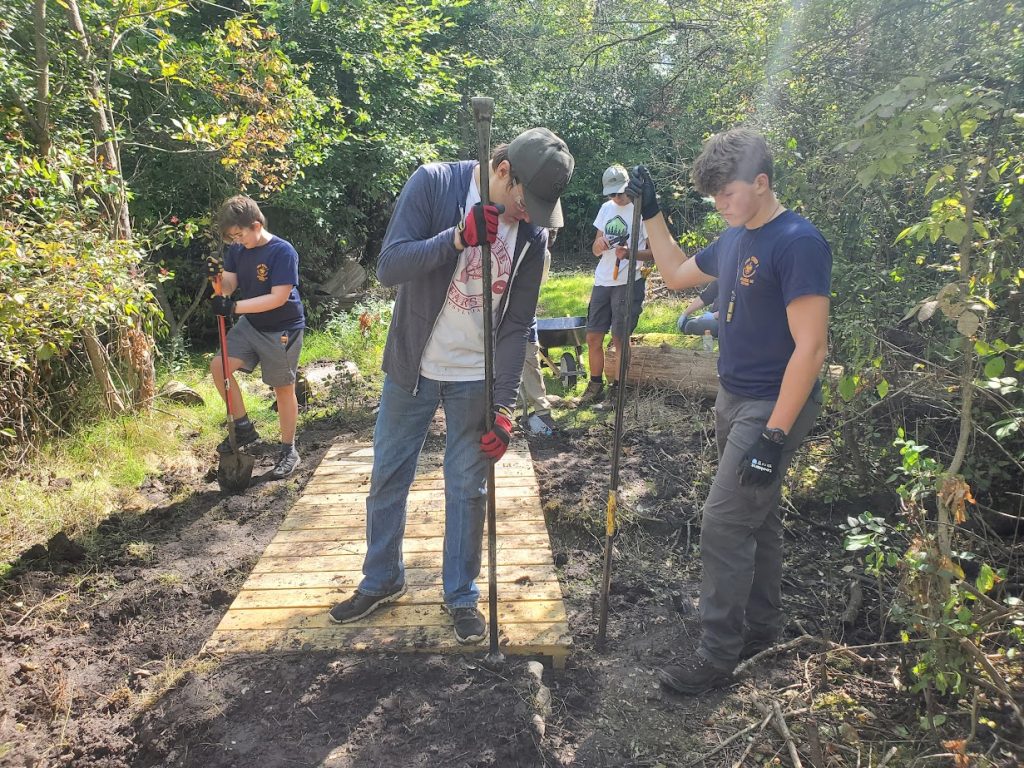
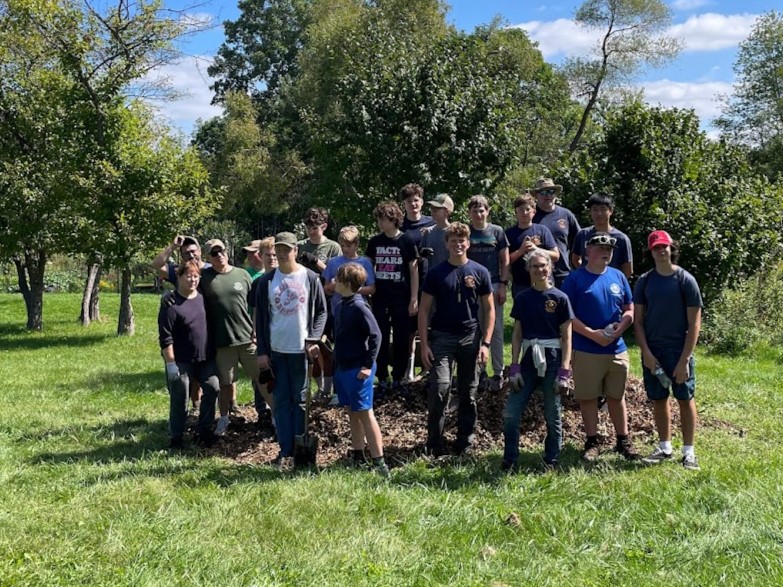
The second project involved Scouts installing drainage infrastructure on the trails south of the wetland and pond. They dug trenches and installed several drainage pipes to redirect water into the wetland. To complete the project, they spread several yards of woodchips along the trails.

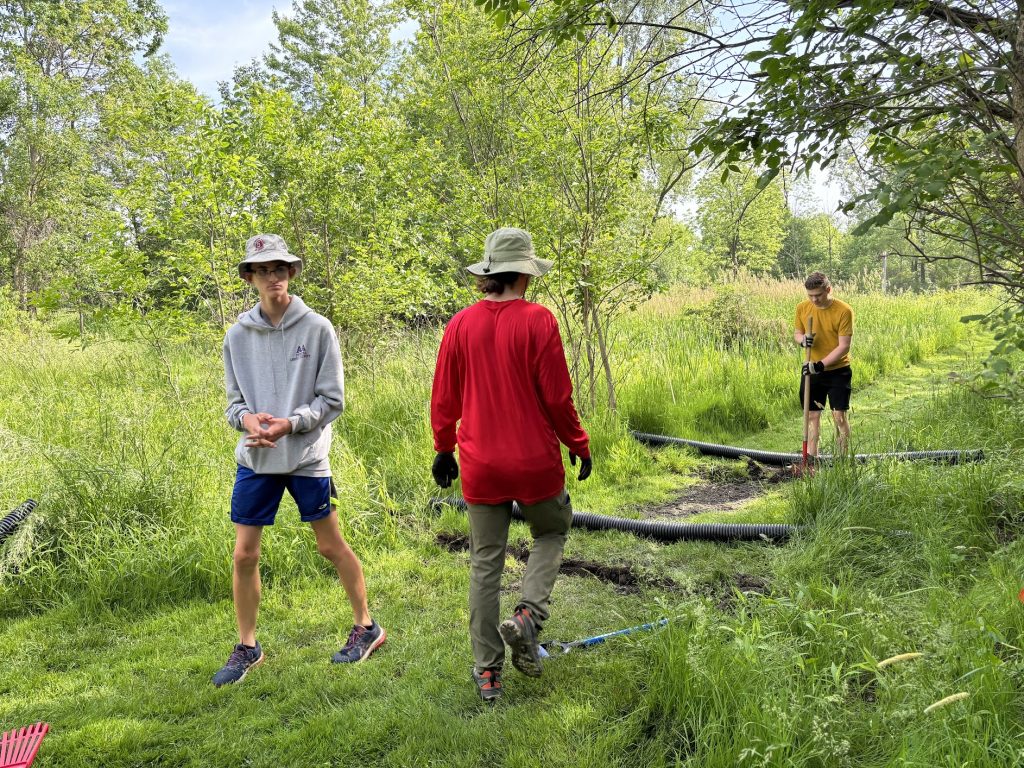
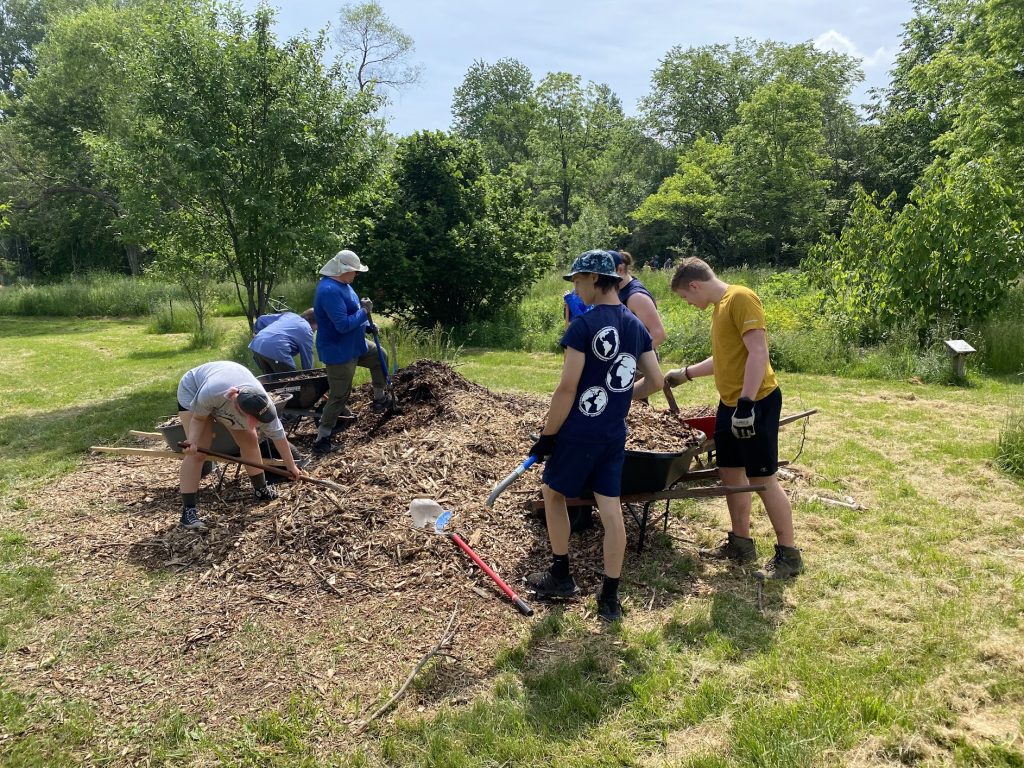
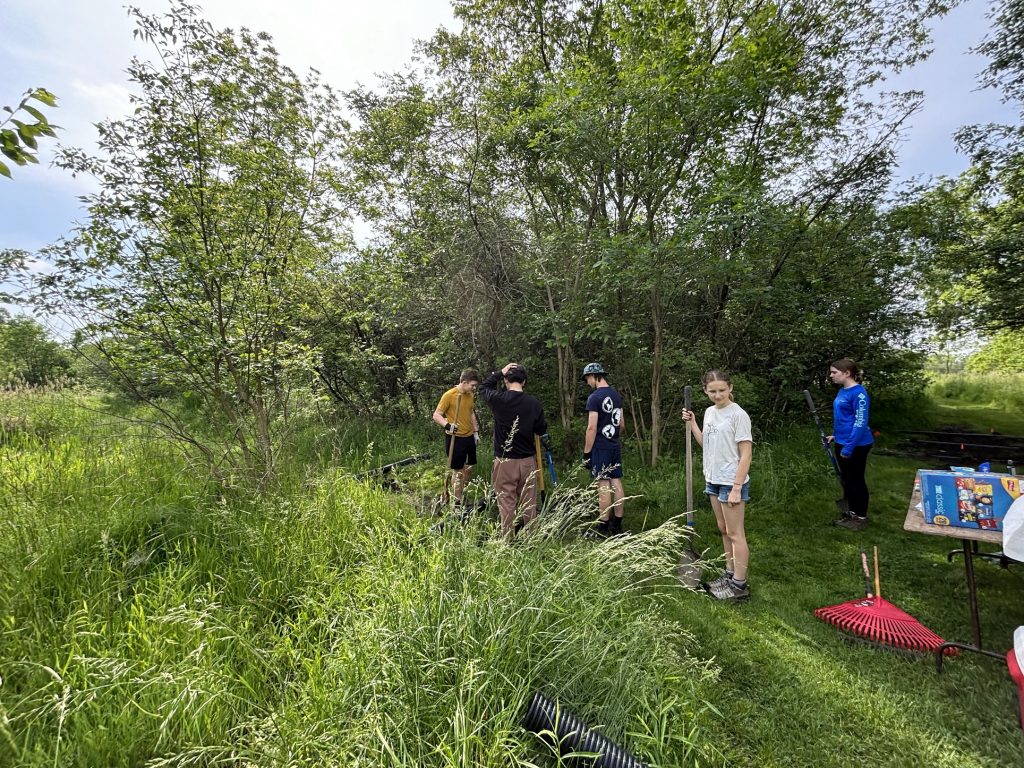

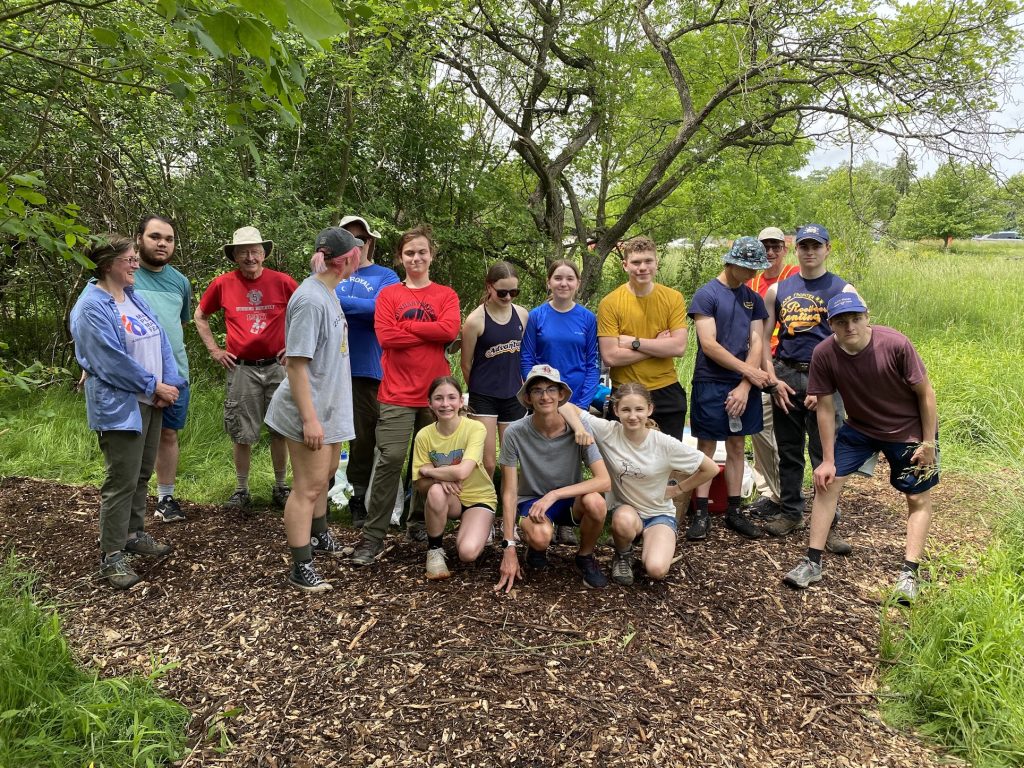
The Changing Seasons at the Pond
In early spring, as the pond comes back to life, it becomes a refuge for nesting and migrating birds and a chorus of awakening frogs.
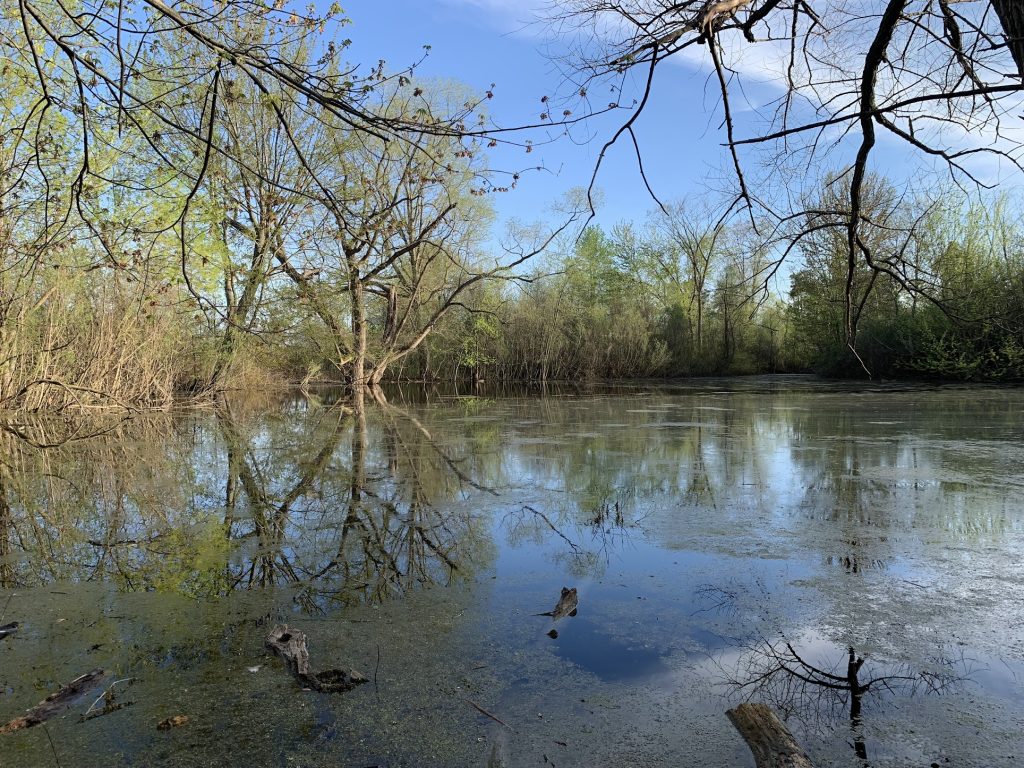



During summer, the pond provides a vital source of water and shelter for wildlife. It also offers a shady, peaceful spot where visitors can relax and watch for birds, frogs, and insects. Nearby, the meadow features many native wildflowers and grasses, including monarda, milkweed, goldenrod, and Joe-Pye weed.
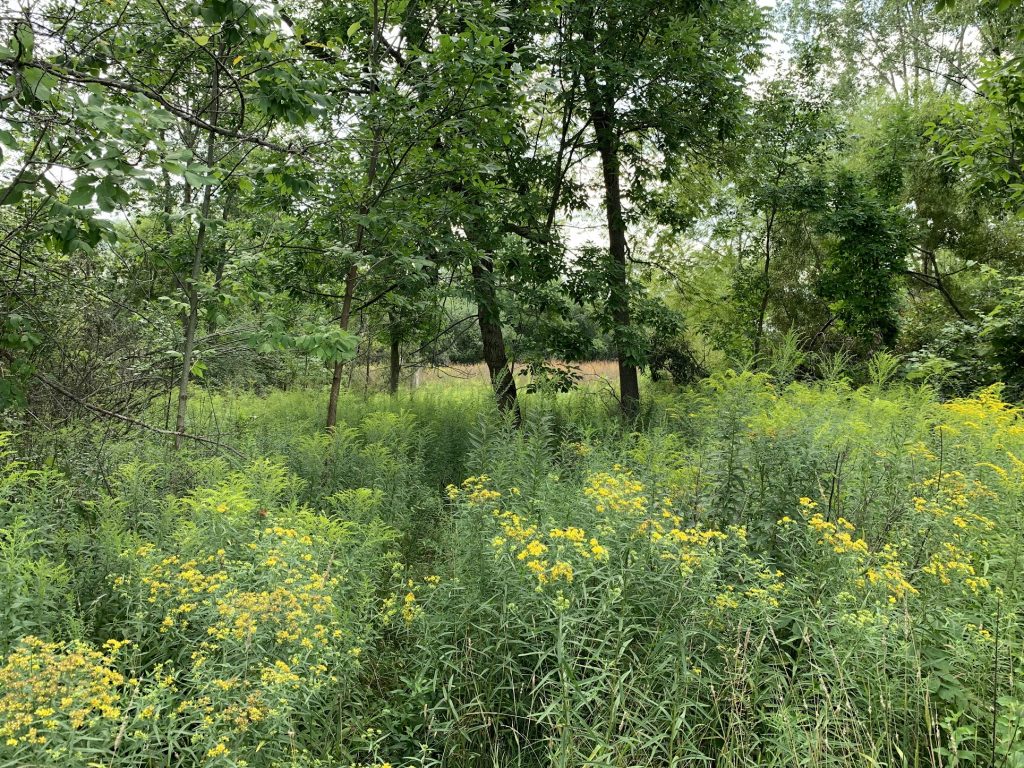


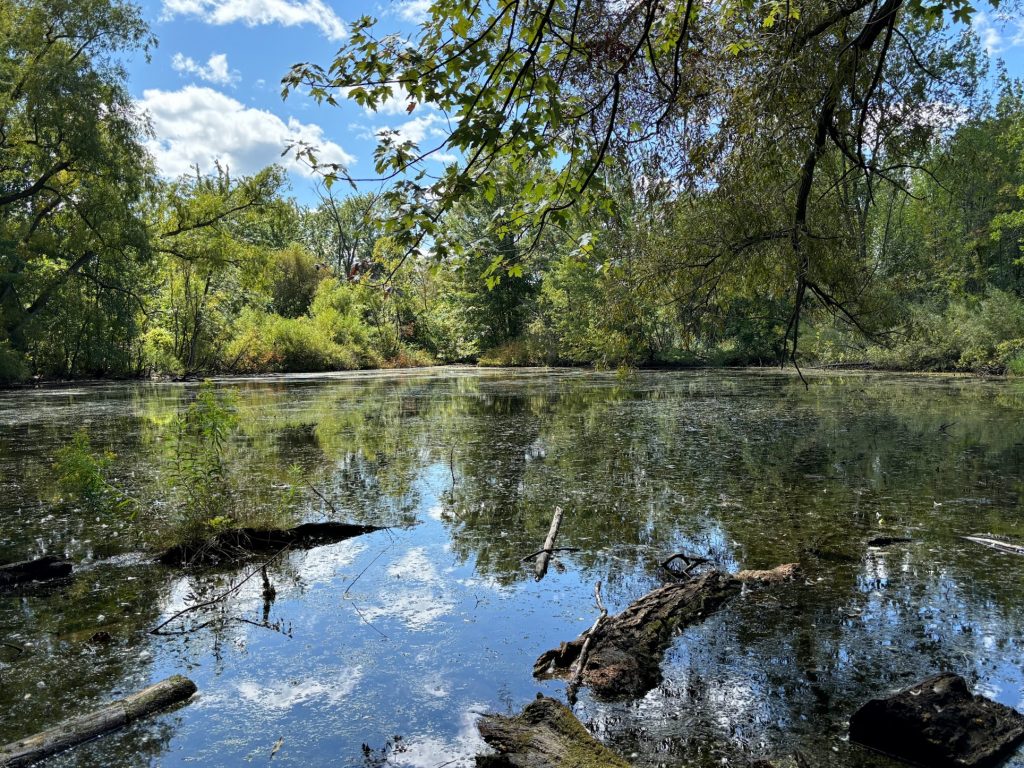
In autumn, the pond reflects the brilliant fall colors of the surrounding trees, and asters bloom in the adjacent wetland and meadow in soft shades of purple and white.
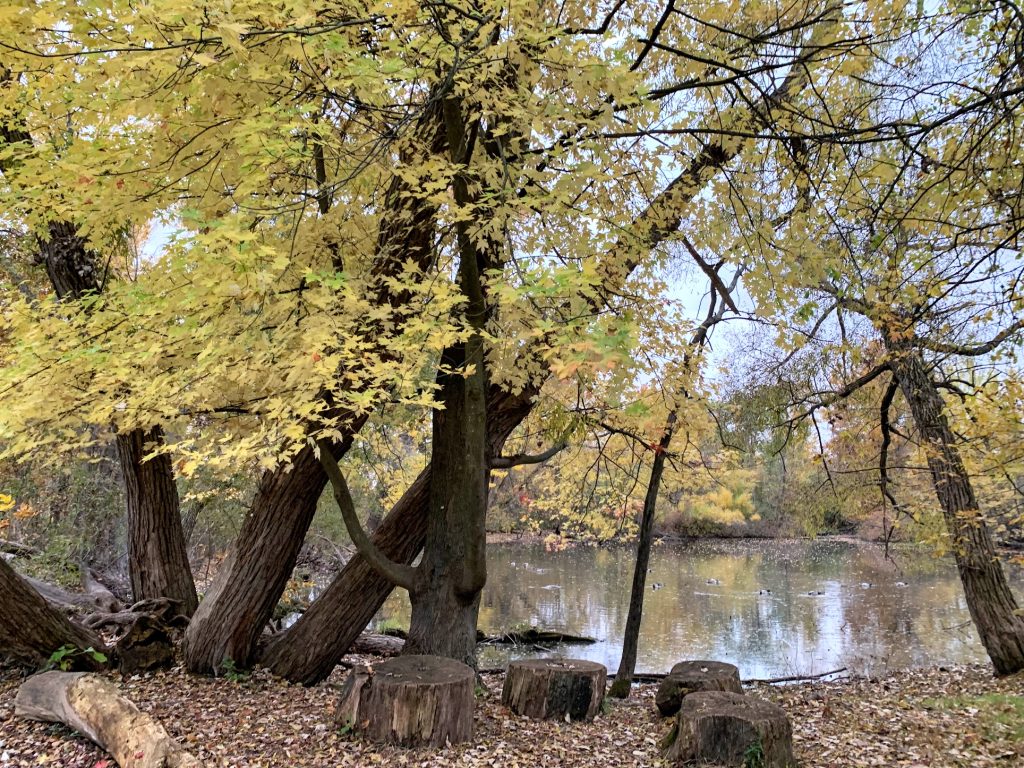

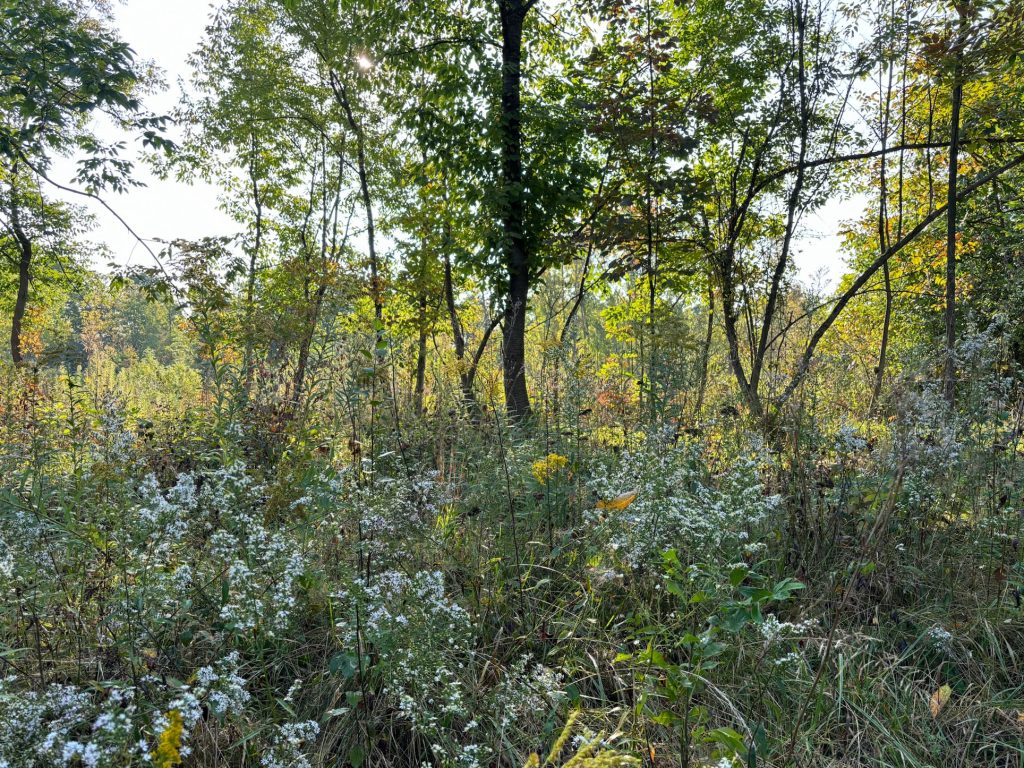

In winter, cold temperatures turn the pond and wetland into a still, quiet landscape. When conditions are right, neighbors come to enjoy ice skating on the pond.
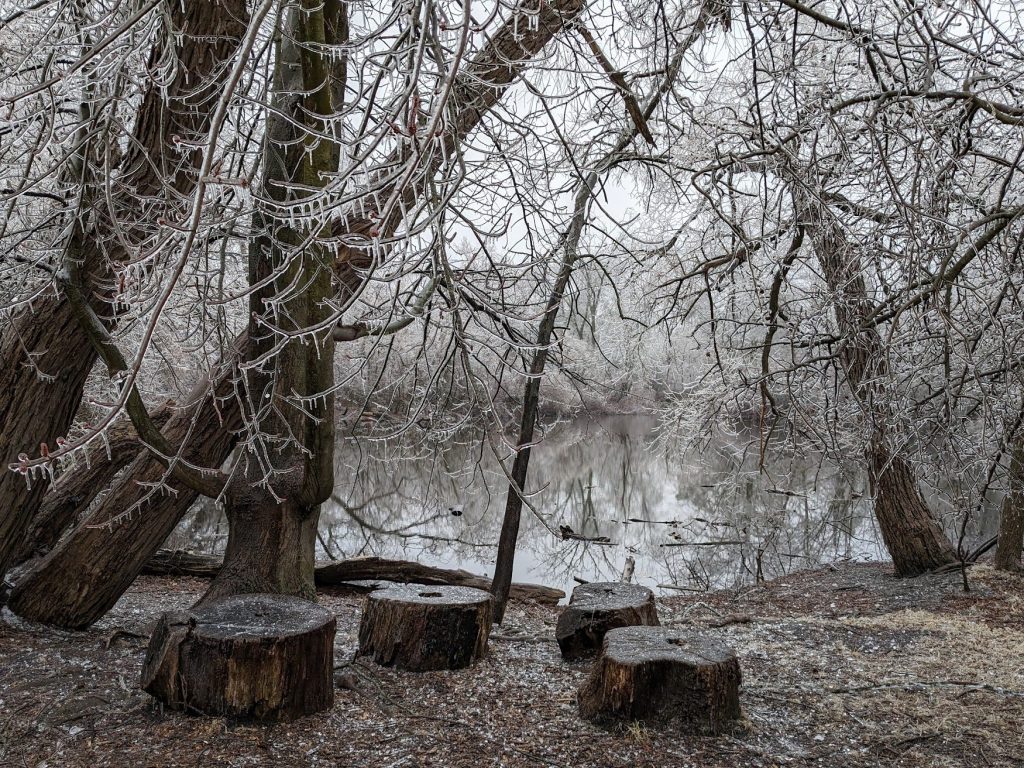

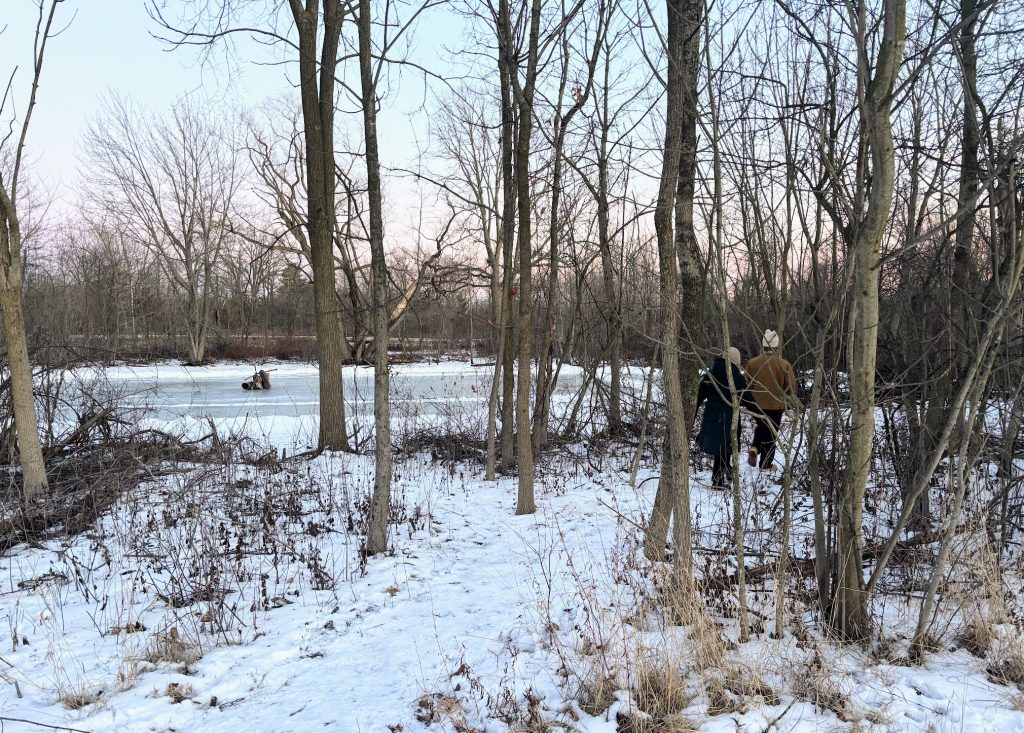
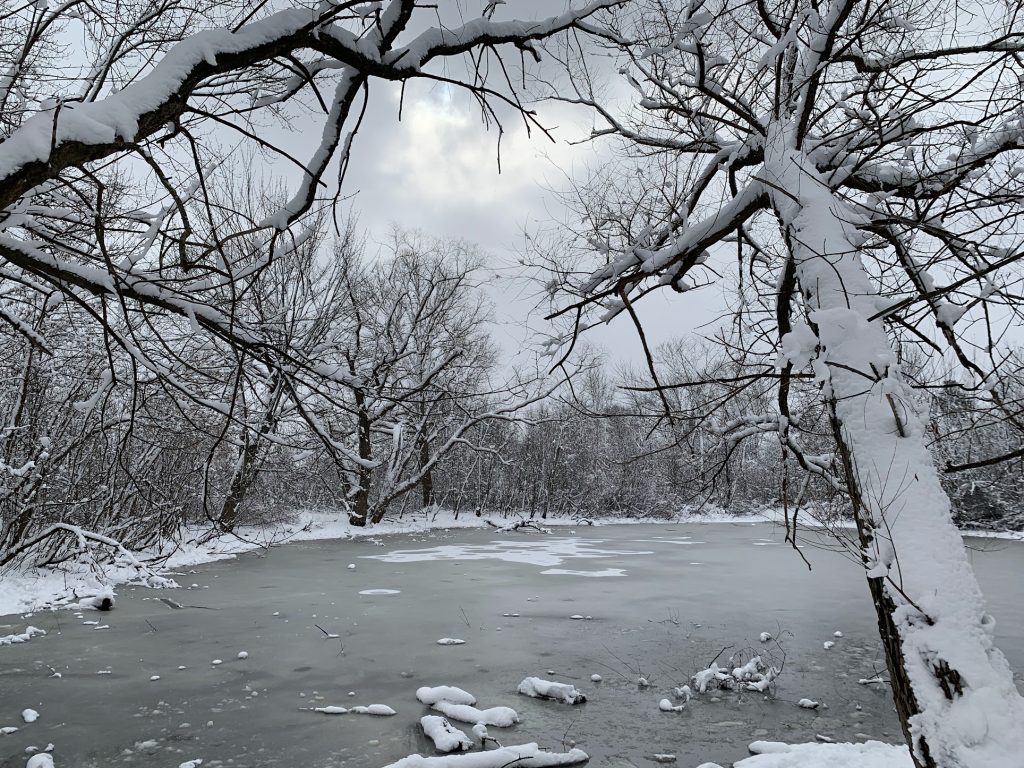
Birding at Greenview Pond
Throughout the year, the area around Greenview Pond offers great opportunities for birdwatching. In spring, many birds nest in the surrounding thickets, while the pond itself attracts swallows, kingbirds, waterfowl, and others that rely on water. It is also a popular stopover for migrating birds. Cavities in nearby trees provide shelter and nesting sites for woodpeckers and sometimes even an owl.
Here are some of the birds you might spot near the pond:



































